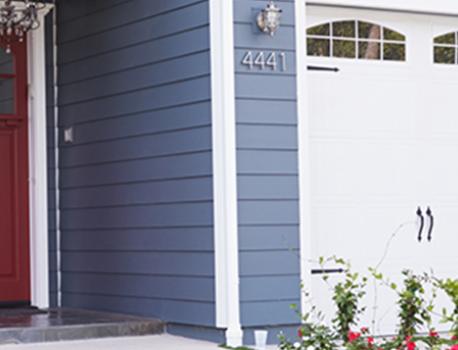This will be a little peek into the inner workings of a home loan. It's kind of like looking under the hood of a car. Lots of belts, hoses, metal and plastic -- and who knows what all that's about? But knowing what conforming and nonconforming loans are, and how they differ, will help you get the best terms you can on the largest purchase of your life.
The differences between conforming and nonconforming loans can be boiled down to these:
-
Conforming loans meet guidelines that investors in government-sponsored companies are looking for
-
Lenders like these companies to buy their loans
-
Nonconforming loans don't meet the guidelines
What it means to you
A conforming loan usually offers a lower interest rate and lower fees. Lenders like them because they can sell the loans, which frees up capital and lets them make more loans.
What is a conforming loan?
The government-sponsored entities that drive the home loan market are Fannie Mae and Freddie Mac. These behind-the-scenes companies provide a secondary market for mortgages, allowing lenders to package loans into investment bundles, sell them and lend again.
As part of their structure, they are legally bound to purchase various types of mortgage loans under a certain value, known as the "conforming loan limit." The Federal Housing Finance Agency sets the national conforming loan limit. For 2017, the limit is $424,100 -- but it can be more in some high-cost markets. For example, conforming loans can top out at $636,150 in Alaska, Washington, D.C., and metro areas in other high-demand housing markets. Limits are even higher in some cities in California and Hawaii.
So, to get a conforming loan -- which is a good thing -- you'll want to buy a house that puts you under the conforming loan limit in your area.
Benefits of a conforming loan:
-
Often easier to qualify for
-
Can have a lower mortgage interest rate
-
May offer a lower down payment
-
Can allow some wiggle room with your credit score
What is a nonconforming loan?
This one is easy: Loans above the conforming loan limit are known as "jumbo" loans. The terms and conditions of these nonconforming mortgages can vary widely from lender to lender, but the mortgage rates for jumbo loans are typically higher because they carry greater risk for a lender.
Nonconforming loans often mean:
-
A minimum down payment of 20% or more
-
Stricter credit qualifying criteria, with more scrutiny of your credit profile and income
-
A higher mortgage interest rate
Mortgage size is just one measure of nonconforming loans. Other factors can trigger the nonconforming loan label, including:
-
Credit history issues or a low credit score
-
Too much debt in relation to how much you earn (your debt-to-income ratio)
-
A down payment less than 20% of the home's value, which affects your loan-to-value ratio
One important note: A lower down payment doesn't always trigger a nonconforming loan. In fact, Fannie Mae has a 97% loan-to-value program for first-time home buyers. As long as that program is in effect, you can make a 3% down payment and still have your loan classified as conforming. Fannie Mae offers a 5% down program for buyers who have previously owned a home.
If you can't qualify for a conforming mortgage, you might want to apply for an FHA loan. The Federal Housing Administration helps potential homeowners qualify for a mortgage by guaranteeing a portion of the loan. However, that support will cost you additional fees.



